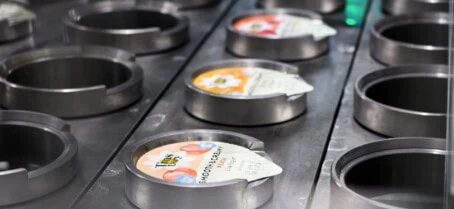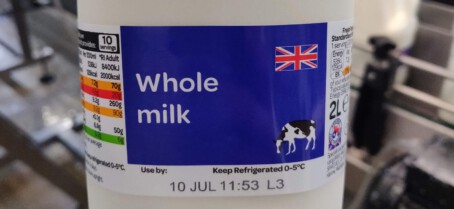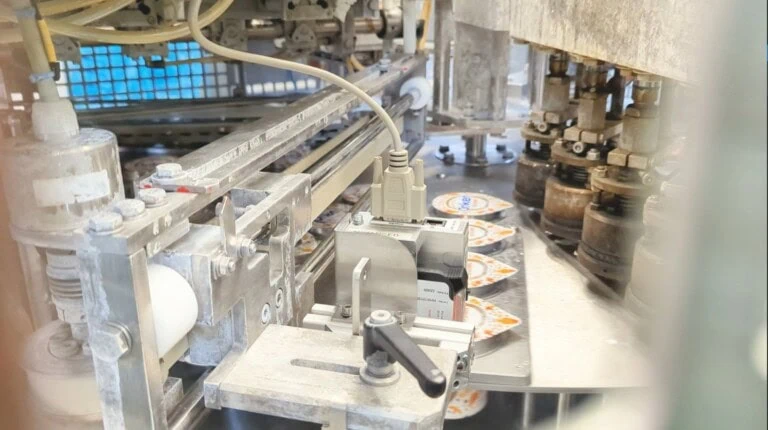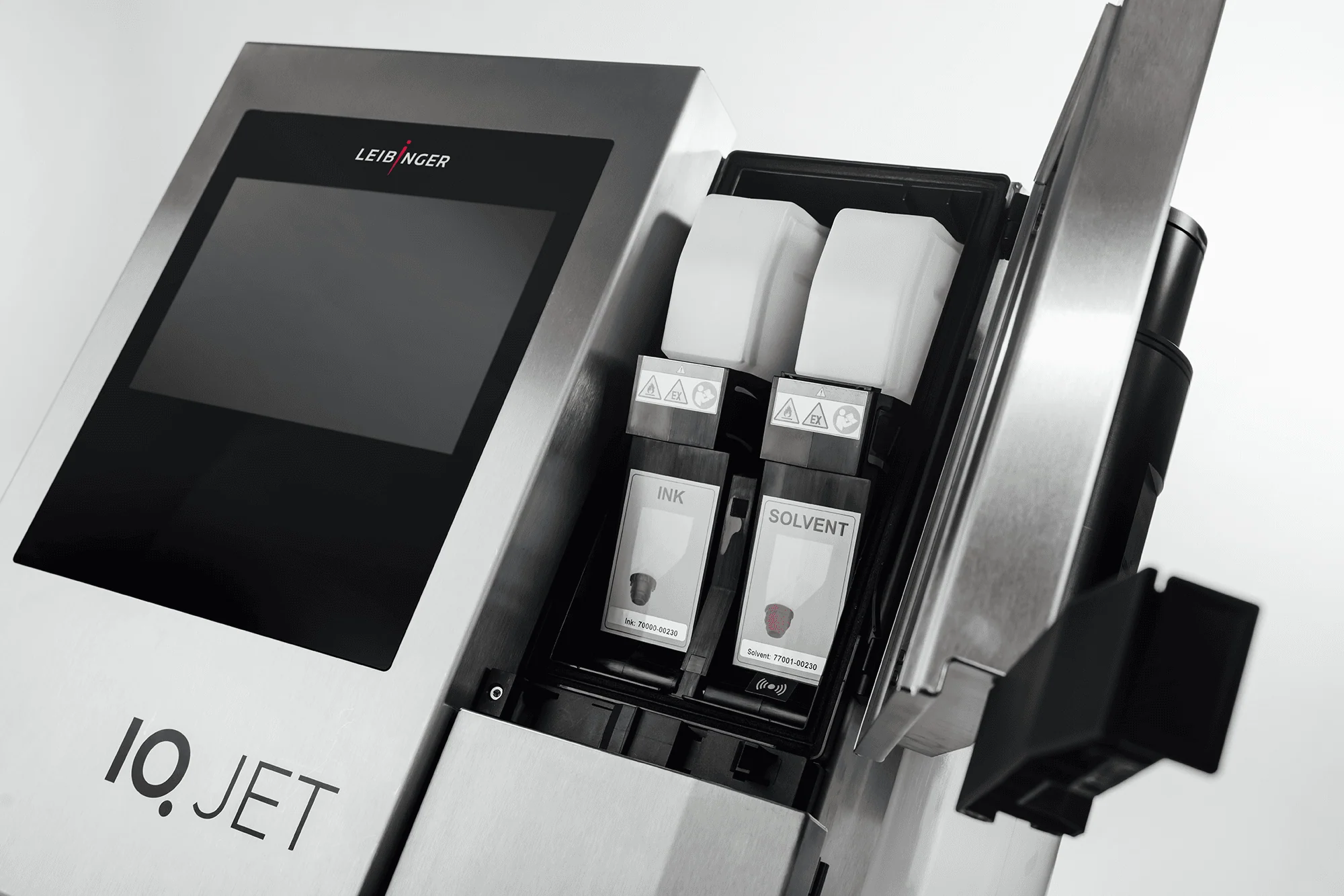When it comes to dairy manufacturing, everything moves fast. From fill to finish, chilled products have a short window to get out of the factory and onto the shop floor. This urgency puts pressure onto every part of the production line, including coding. Applying date codes and batch numbers isn’t just a final step, it’s essential for traceability and compliance.
And in cold, damp, high-speed environments, coding systems cannot afford to be the weak link. They must deliver consistently – producing clear prints without disrupting the flow.







